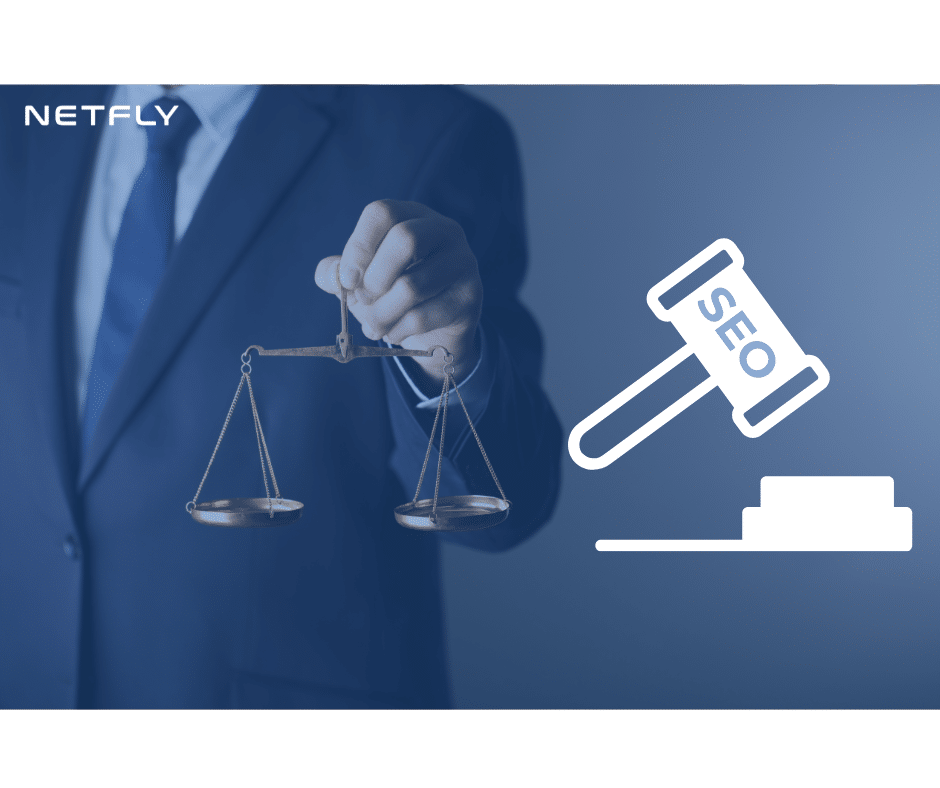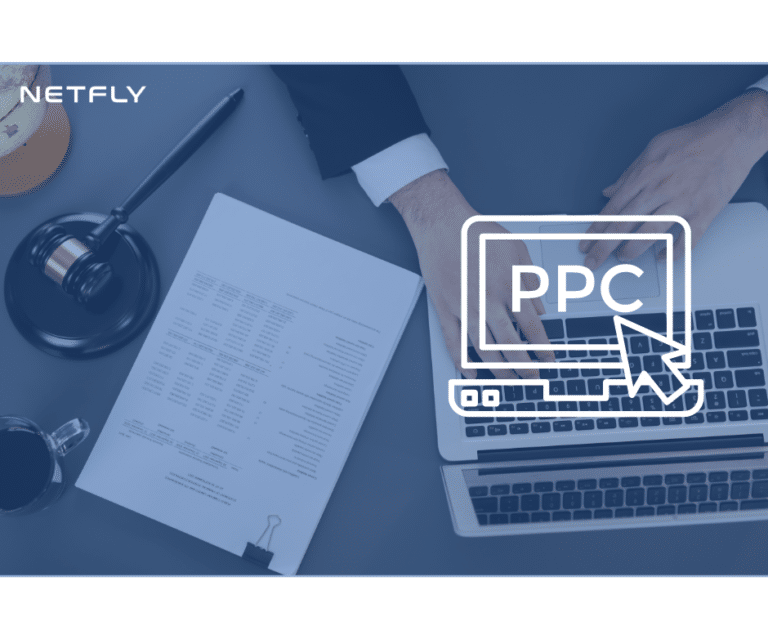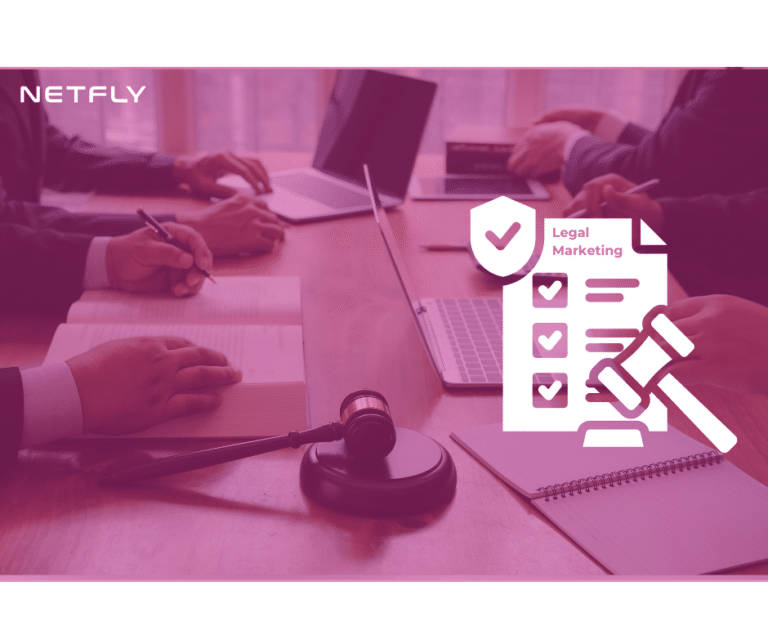Optimizing a personal injury lawyer’s website can greatly enhance online visibility and client acquisition. By focusing on five key SEO strategies, legal professionals can achieve better search rankings and attract more potential clients. These strategies include thorough keyword research to target relevant search terms and implementing local SEO techniques to dominate local search results. Additionally, creating high-quality content featuring client testimonials and engaging visuals can build credibility. Ensuring the website is mobile-friendly and developing a solid backlink strategy also play vital roles. But how can these elements be effectively combined to maximize results?
Key Takeaways
- Conduct thorough keyword research using tools like Google Keyword Planner to target relevant and high-intent keywords.
- Optimize your Google My Business listing with accurate NAP details and encourage positive client reviews for local search visibility.
- Create quality content addressing common client questions, and update your blog regularly with informative posts and case studies.
- Ensure your website is mobile-optimized with fast loading speeds and responsive design for better user experience and higher search rankings.
- Build high-quality backlinks through guest posts on reputable sites and influencer outreach to increase your site’s authority and trustworthiness.
Keyword Research
Effective keyword research is vital for personal injury lawyer websites to attract targeted traffic and improve search engine rankings. Without proper keyword research, a website risks missing out on potential clients who are actively searching for legal services. Personal injury lawyers should focus on identifying keywords with high search volume and relevance to their services.
To begin, they should use tools like Google Keyword Planner or SEMrush to uncover keywords with significant search volume. These tools provide data on how often specific terms are searched, helping lawyers prioritize those most likely to drive traffic. For example, terms like ‘personal injury lawyer,’ ‘car accident attorney,’ and ‘slip and fall lawyer’ are likely to have high search volumes and should be taken into account.
Competitor analysis is another vital aspect of keyword research. By examining the keywords that competing law firms are ranking for, personal injury lawyers can identify gaps in their own strategy. Tools like Ahrefs or Moz can help in this process by revealing competitors’ top-performing keywords and backlinks. This data allows lawyers to refine their keyword list and focus on terms that competitors may have overlooked.
In addition to search volume and competitor analysis, it’s important to take into consideration the intent behind each keyword. Keywords should align with the specific services offered and the needs of the target audience. For instance, long-tail keywords like ‘best personal injury lawyer for car accidents’ may have lower search volume but attract highly targeted traffic.
Local SEO
Building on the foundation of keyword research, local SEO becomes the next critical step for personal injury lawyer websites to attract nearby clients and improve their search engine visibility. Local SEO focuses on optimizing a website to rank better in local search results, making it essential for personal injury lawyers who rely on local clientele.
One of the first elements of local SEO is ensuring NAP consistency across all online platforms. NAP stands for Name, Address, and Phone number. Search engines like Google use NAP information to verify the legitimacy and location of a business. Hence, it’s essential that personal injury lawyers maintain consistent NAP details on their website, social media profiles, and local citations. Any discrepancies can confuse search engines and potential clients, leading to lower search rankings and lost opportunities.
Local citations are another crucial component of local SEO. These are mentions of a business’s NAP on other websites, such as online directories, review sites, and local business listings. Citations help search engines confirm a business’s existence and relevance in a specific location. For personal injury lawyers, earning citations from reputable sites like Yelp, Avvo, and local legal directories can greatly enhance local search performance.
Moreover, Google My Business (GMB) is a powerful tool for enhancing local SEO. By claiming and optimizing their GMB listing, personal injury lawyers can appear in local search results and Google Maps. Key optimization steps include adding accurate NAP details, selecting relevant categories, and encouraging satisfied clients to leave positive reviews.
Quality Content
Creating high-quality content is essential for personal injury lawyer websites to engage visitors, improve search engine rankings, and establish authority in the legal field. To achieve this, content must be well-researched, informative, and tailored to the target audience. Personal injury lawyers can start by addressing common questions and concerns potential clients may have, such as the process of filing a claim or understanding different types of personal injury cases.
Incorporating client testimonials into the content not only builds credibility but also enhances trust. These testimonials provide real-world examples of successful outcomes and satisfied clients, making the website more relatable and persuasive. Search engines also favor websites that feature unique, user-generated content like testimonials, which can improve rankings.
Engaging visuals play an important role in making content more appealing and digestible. High-quality images, infographics, and videos can help break down complex legal information into easily understandable segments. For instance, a video explaining the steps involved in a personal injury lawsuit can be more engaging than a lengthy text description. Visuals also improve user experience by making the website more interactive and enjoyable to navigate, which can increase the time visitors spend on the site—a key factor in SEO.
Data-driven content further boosts credibility and authority. Citing statistics, case studies, and legal precedents can make the information more compelling and trustworthy. For example, including data on the success rate of different types of personal injury claims can provide valuable insights for potential clients.
Mobile Optimization
Mobile optimization is vital for personal injury lawyer websites as more users turn to their smartphones to seek legal advice and services. To capture this growing mobile audience, a website must feature fast page speed and responsive design. These factors directly impact user experience and search engine rankings, making them essential for SEO success.
Page speed is a significant element in mobile optimization. Studies show that 53% of mobile users abandon a site if it takes longer than three seconds to load. Slow loading times can lead to higher bounce rates, which negatively affect search engine rankings. Personal injury lawyer websites should use tools like Google PageSpeed Insights to identify and rectify issues that slow down page speed. Compressing images, leveraging browser caching, and minimizing JavaScript are effective strategies to enhance load times.
Responsive design is another critical aspect. It ensures that a website automatically adjusts to fit the screen size of any device, providing an excellent viewing experience. Google prioritizes mobile-friendly websites in its search results, making responsive design not just a user preference but a ranking factor. Implementing a responsive design involves using flexible grids, fluid images, and CSS media queries to create a seamless experience across various devices and screen sizes.
Backlink Strategy
A strong backlink strategy is essential for boosting the search engine rankings of personal injury lawyer websites. High-quality backlinks signal to search engines that the site is authoritative and trustworthy, thereby improving its visibility. To achieve this, personal injury lawyers should focus on two main tactics: guest posts and influencer outreach.
Guest posts are a powerful way to earn quality backlinks. By contributing valuable content to reputable legal blogs or industry-specific websites, lawyers can not only gain backlinks but also establish themselves as thought leaders. It’s important to target sites with high domain authority to maximize the impact. Data shows that backlinks from high-authority sites can greatly enhance search engine rankings, driving more organic traffic to the lawyer’s website.
Influencer outreach is another effective strategy. Collaborating with influencers in the legal field or related industries can provide valuable backlinks. Influencers often have a loyal following and high domain authority, making their endorsements particularly valuable. A well-executed influencer outreach campaign can result in multiple backlinks from high-quality sources, enhancing the website’s SEO performance.
Additionally, personal injury lawyers should monitor their backlink profile regularly. Tools like Ahrefs or SEMrush can provide insights into the quality and quantity of backlinks. It’s important to disavow any low-quality or spammy links to maintain a healthy backlink profile.
Frequently Asked Questions
How Can Social Media Impact My Personal Injury Lawyer Website’s Seo?
Social media boosts a personal injury lawyer website’s SEO by sharing client testimonials, fostering social proof. Increased engagement and shares enhance visibility, driving organic traffic and improving search engine rankings. It’s a data-driven strategy.
What Role Do Website Loading Speeds Play in SEO Rankings?
Page speed has a substantial impact on SEO rankings. Quicker loading times decrease bounce rates, improving user experience and elevating search engine rankings. Websites with ideal page speed are more likely to retain visitors and rank higher on search results.
How Frequently Should I Update My Personal Injury Lawyer Blog?
They should update their blog at least once a week. Consistent content freshness and a regular posting schedule enhance SEO rankings, ensuring the website stays relevant and engaging for both search engines and potential clients.
Are There Specific SEO Tools Recommended for Personal Injury Lawyers?
He should use specific SEO tools like Ahrefs and SEMrush for personal injury lawyers. These tools excel in keyword research and competitor analysis, helping optimize content, track rankings, and outperform competitors in search results.
How Does User Experience (Ux) Affect My Site’s Search Engine Rankings?
User experience (UX) directly impacts site rankings by affecting bounce rate and mobile responsiveness. A high bounce rate can lower rankings, while a mobile-responsive design can improve visibility on search engines, leading to better overall performance.
Conclusion
To wrap up, boosting a personal injury lawyer website’s SEO involves essential steps like thorough keyword research, effective local SEO, and creating quality content. Don’t forget mobile optimization and a strong backlink strategy to guarantee your site ranks high. Continuously monitor performance with tools like Google Analytics to refine your approach. By implementing these SEO tips, personal injury lawyers can greatly improve their online visibility and attract more potential clients.










